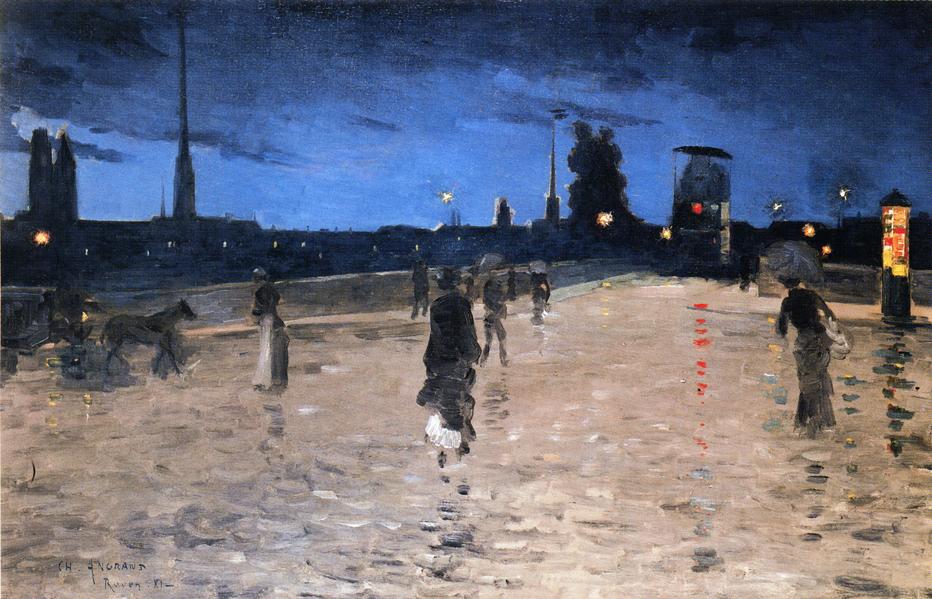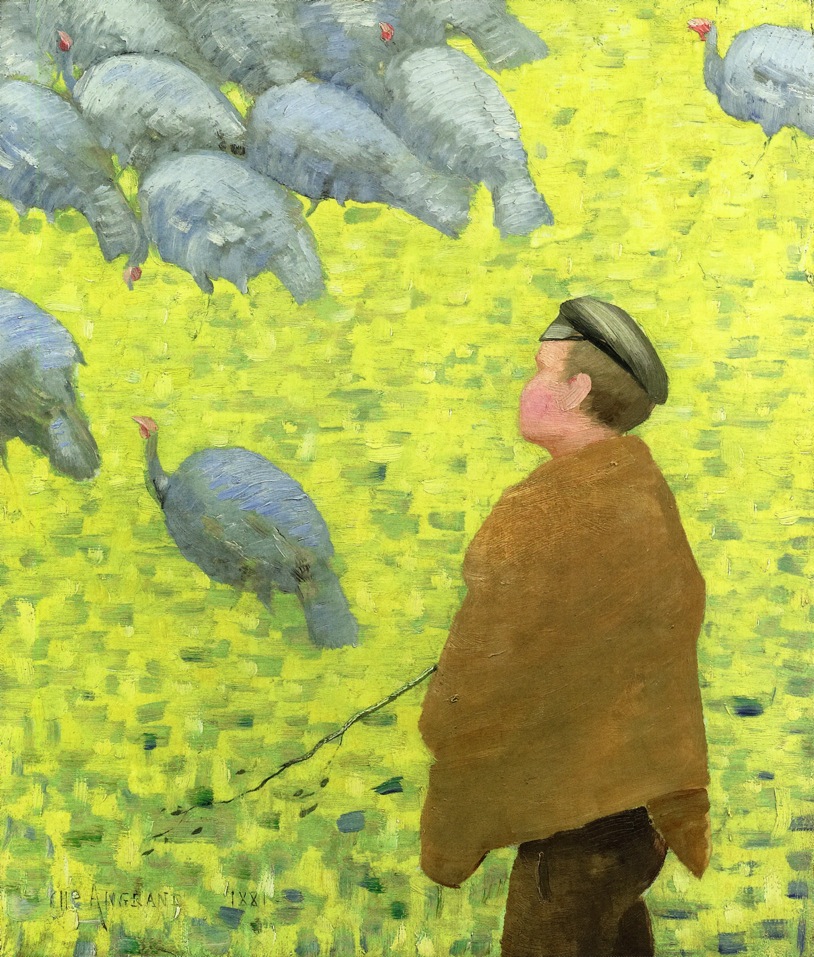How to Find the Best Oil Painting Brushes for Artists

 Your Best Oil Painting Brushes Are Here
Your Best Oil Painting Brushes Are Here
“They’re like magic.” “It was my savior.” “Don’t know what I’d do if I ever lost it.”
I kid you not, these are some of the reactions we got when we asked artists to talk about the best oil painting brushes that they have in their studios. Apparently oil painters are hardcore about their brushes and that’s no surprise considering paint brushes are an artist’s number one tool when applying paint to a surface. For beginners or intermediate painters, choosing brushes can seem overwhelming because there are so many choices so we’ve put together this primer on what every oil painter should know about paint brushes, including how to choose brushes, how to clean them, and more.
**Paint Brush Tip #1** If you like to use the same brush throughout a painting session, clean it as you go, especially if you are switching between values to prevent colors from mixing.
Need more oil painting know-how from Artist Daily? Enter your email & receive our latest free eBook on oil painting. You’ll get our eNewsletter too, full of the latest trends and techniques in painting that you’ll want for your next studio session!
[fw-capture-inline campaign=”RCLP-confirmation-oil-painting” thanks=”Thanks for downloading!” interest=”Art” offer=”/wp-content/uploads/pdfs/OilPaintingTechniques.pdf”]
Every Artist Should Know How to Choose Painting Brushes

When you get an oil painting brush in your hand, give it a test run. Here’s how:
- Gently tug at the brush hairs. You want to make sure they are firmly grasped inside the ferrule and won’t pull out.
- Look along the area where the bristles meet the ferrule. If there is a gap present, paint can get in, making it difficult to clean the brush.
- Press and draw the brush firmly along a flat surface. The bristles should not bend so far that the top of the ferrule touches the surface.
- Close your eyes and just see how the brush feels. You are going to be holding it so what feels right?
**Paint Brush Tip #2** Your best oil painting brushes may not be new. Popular contemporary artist Robert Liberace often performs surgery on brushes that have lost their shape, snipping their tips with scissors. “They provide less predictable results and interesting effects that would be impossible if the brushes were too ‘good’.”
Types of paint brush
Brushes come in two types: bristle brushes and soft-hair brushes. Each of these has brushes that are made with natural hair (like brushes made from hog, badger, or sable hair, among others) or synthetic fibers (these often have more spring to them when you bend them to a surface).
Bristle brushes do a painter’s hard work. You can use them to scrub paint roughly into a canvas and are great for applying thick paint. Soft-hair brushes, in contrast, are usually reserved for gliding strokes and more controlled mark-making.
Parts of a brush
Bristles are the fibers or hairs at the tip of the brush that you paint with. The best bristles have ragged ends because these split ends soften the paint tip and hold plenty of paint.
The ferrule is a crimped or clamped piece of metal that holds bristles together and shapes them. These should be firmly attached to the paint brush handle.
Paint brush handles are where a painter holds the brush. The length of the handle determines how far away an artist can work from his or her surface. Manufacturers’ information is often written on the handle, including size, series, and brush type.
Brush shape & size
Round brushes feature a cylindrical stalk of hair that comes to a narrow point at the end.
Filbert brushes are flat brushes with a curved tip.
Brights are flat-shaped with short, blunt hairs.
Flats are just that—flat, rectangular-shaped brushes with sharp, squared-off corners.
Fan brushes are used for blending or softening edges and look just like an open fan.
Comb brushes have a jagged, thinned profile and are ideal for painting hair.
Cat’s tongue brushes have a full body that narrows to a sharp tip.
**Paint Brush Tip #3** One oil painting brush you may want to consider using is not a brush at all, but a palette knife, which can move paint around on your surface into flat smooth planes or textured daubs.
Brush sizes are not standard from maker to maker, but the sizes represent the length, width, and diameter (for round ferrules) of the bristles in relation to the ferrule. The larger the size, the bigger is the brush head.
**Paint Brush Tip #4** If you have arthritis or issues with gripping, look for paint brushes that are designated “soft grip.”
Need more oil painting know-how from Artist Daily? Enter your email & receive our latest free eBook on oil painting. You’ll get our eNewsletter too, full of the latest trends and techniques in painting that you’ll want for your next studio session!
[fw-capture-inline campaign=”RCLP-confirmation-oil-painting” thanks=”Thanks for downloading!” interest=”Art” offer=”/wp-content/uploads/pdfs/OilPaintingTechniques.pdf”]
The Only Paint Brushes You Need
Are you the kind of artist that will want to use just a few brushes? Or one who wants dozens on hand? How you work is up to you but here is a starter list of brush tips to send you on your way.

*Start with the largest brushes you feel comfortable wielding. You can cover your surface area with paint the quickest using these, and add details with their tips.
*Leave filberts and brights to later on. These add surface details, fine lines, and texture, and that comes after you have painted your large shapes.
*You may want to keep enough brushes on hand so that you do not have to clean between applications of color. Designating a paint brush for light colors and another for darks is a good way to go.
*Have an old phone book around? Use pages from it to wipe off your brushes before you clean them.
Cleaning Brushes
- Wipe off excess paint from the brush.
- Rinse the brush in turpentine or mineral spirits. Wipe again.
- Clean the bristles with mild soap and water, rubbing the mixture into the bristles and paying close attention to removing all paint near the ferrule.
- Rinse and repeat until clean.
- Shake off excess water, smooth the bristles into shape, and allow to air dry, bristles up.





Have an old phone book around? Use pages from it to wipe off your brushes before you clean them. If you can get hold of one of those large rolls of brown paper hand towels they use in public restrooms that also works great.